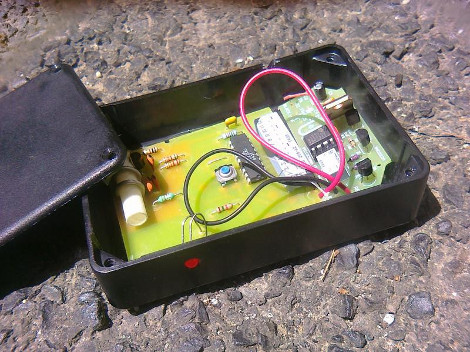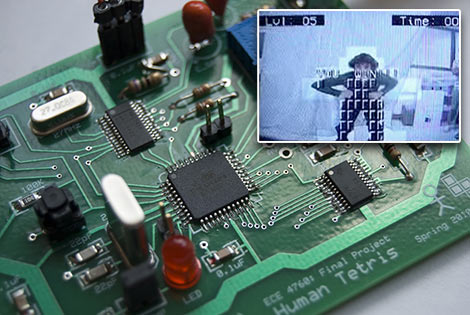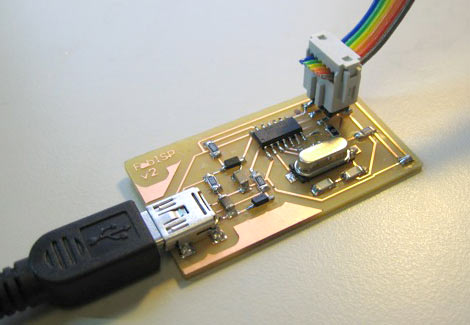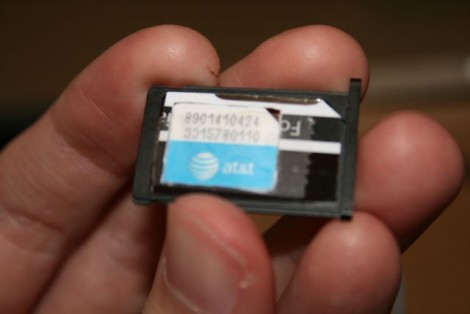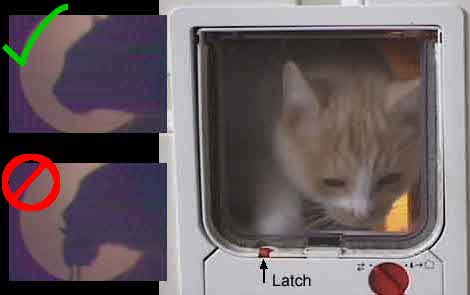One of the members of the SomethingAwful forum recently found a black project box on the street (as seen above), with no idea what the thing did. After (hopefully) making sure there were no explosives, [noapparentfunction] posted a picture online to see if someone could figure it out. According to them, this is what the chips are labelled as:
Center black IC: MICREL Y22758C; 0417
Long white DIP switch IC: CTS 206-12; T438
Small black microcontroller on right: 12C508A; 04/P1V6; 0437. Has a tiny “M-inside circle” logo.
From our experience, we recognized the PIC on the board, but without some more photos, it makes this mystery a little more interesting.
Right now their best guess is a garage door opener of some kind because of the 12 DIP switch part. Any HAD readers willing to investigate and weigh in? The game is afoot!
[thanks to Dave D. who sent this in]

